Vaulted ceilings are known, formally and informally, by many names in modern design (such as cathedral ceilings, raised ceilings, high ceilings, to name a few). The concept behind vaulted ceilings, however, stems back hundreds of years. Let’s take a closer look at vaulted ceilings – their definition, history, pros and cons, and some inspiring design implementations.
Definition:
Vault = an arched form extruded into the third dimension used to provide a space with a ceiling or roof. For the sake of argument, however, this article refers to vaulted ceilings as any ceiling that is higher than the standard 8’-10’ ceiling height (arched aspect not necessary).
Brief History:
Vaulted ceilings began as an architectural choice only in cathedrals or basilicas centuries ago. Because of the vaulted ceiling’s capacity to visually and intangibly make a space bigger. They could be considered an optical illusion, of sorts…but one with profound effect throughout architectural history (architectural development and considerations of the vaulted ceiling located at Columbia University).
Domes were the first popular vaulted ceiling option – imagine a hollow sphere cut in half. Built at times before history was even history, domes have been constructed out of mud, stone, wood, brick, concrete, metal, glass, and even plastic. The barrel vault (aka wagon vault and tunnel vault) stemmed from the dome and is the simplest kind of vault – a semicircle stretched into a continuous arch. Next came the groin vault, which is where two barrel vaults cross one another and create a true ellipse intersection known as a groin.
The rib vault came about in medieval times, where builders set up diagonal ribs first and then built the vaulted ceilings on these. And the fan vault is a fancy, filled-out version of the rib vault, in which the lower portion of the arch forms the smallest part of an open fan and the upper part extends outward like an open fan. (Check out Encyclopedia Britannica for more information on vaulted ceilings.)
PROS OF VAULTED CEILINGS
Larger, Airier, and Grander Look & Feel.
Vaulted ceilings (also known as cathedral ceilings) are beneficial in their ability to create an airy feel in the space and make it actually look and feel bigger than it physically is. If you live in a smaller home or apartment, they are one of the best features you could find, as they’ll make even the smallest room feel much bigger.
More Natural Light.
Raised ceilings are often accompanied by more or taller windows…which of course leads to an influx of natural light in the space. As natural light is typically the end-all of great lighting, having more of it is a definite perk attributed to vaulted ceilings. (You may want to consider double glazing the surrounding glass to decrease energy requirements for heating/cooling. If you have a vaulted ceiling that doesn’t have windows installed, it’s well worth considering this addition to your home. These windows bring so much more natural light to a space, and can completely transform the look and feel of your home.
Exposed Rafter Beams add Character.
Ceiling beams are hot right now (and have appealed to many for a long time), and vaulted ceilings are a great way to expose and emphasize those beams. This adds character and charm to the space…without a hint of claustrophobia.
Practical Use of Attic “Dead” Space.
Don’t get me wrong – attics can be useful and practical storage spaces. They can also be dead space, though, where nothing ever goes in and nothing ever comes out. For the latter, vaulted ceilings capitalize on this otherwise wasted space and make it much more beautiful for the residents. That’s an incredible bonus.
Increased Visual Interest.
Let’s face it, white builder-grade 8’ ceilings just aren’t all that interesting. A vaulted ceiling is different, unique, and possibly the best feature of the entire space. (Or, if not the best feature, it’s a critical background player.) Vaulted ceilings add oomph to the room’s design and appeal. Regardless of what rooms in your home have a vaulted ceiling, you’ll likely find your family gravitates towards these spaces due to their light and airy appearance. We love living rooms and kitchens with vaulted ceilings, and a dining room with one can be a magnificent space for entertaining guests. Take the time to consider the way you decorate a space with a vaulted ceiling, as it can soon become the centerpiece of your house.
Exit Place for Hot Air.
When designed strategically, vaulted ceilings can provide a much-needed venting area for unwanted hot air. This is particularly beneficial in a bathroom, where drying out as quickly as possible to prevent mold growth is a must. As a bonus to this feature, extra natural light is always in season!
High Potential for Rustic Appeal.

Vaulted ceilings covered in wood planks provide a space with major rustic charm. Due to their positioning (up high), the ceiling is one of the first things an eye notices. Capitalize on this fact by covering your vaulted ceilings in natural wooden warmth for the ultimate in contemporary rustic design.{found on hfdarchitects}.
(Note: The photos used in the “Cons” section of this article aren’t meant to be negative examples; they are still beautiful, inspiring images of vaulted ceilings.)
CONS OF VAULTED CEILINGS
Less Cozy.
With their inherent ability to make a space feel airy and more expansive, vaulted ceilings aren’t, however, great at inducing a cozy, intimate feeling. In a bedroom, for example, a vaulted ceiling might not be the best choice if you’re looking for something cozier in the room’s architectural design. While we feel a vaulted ceiling is a great advantage in kitchens and living rooms, in more intimate spaces, it’s not so beneficial. Of course, there are ways to minimize the impact of a vaulted ceiling, and by using strategic home décor ideas, you can soon overcome this issue. {found on wallmark}.
Harder Everyday Upkeep.
Dusting a ceiling fan or changing a lightbulb on an 8’ ceiling is no big deal – pull up a stool or chair and do the thing and you’re done. But vaulted ceilings require a bit more. Some vaulted ceilings are so high, in fact, that even changing a lightbulb requires the professionals. If this service is not used regularly, vaulted ceilings can soon become dusty. You’ll want to ensure condensation doesn’t gather on any windows, as this may lead to issues that are difficult to manage in your home. Consider this fact before you jump into the vaulted ceiling world with both feet.
Increased Energy Usage.
On days that are cold (or hot, in summertime), the larger spaces created by vaulted ceilings require more energy to heat (or cool down). This decrease in energy efficiency can be considered a waste and unnecessarily expensive, because no one really “uses” that extra air up there.
Difficult, Maybe Impossible, to Retrofit.
One disadvantage of wanting vaulted ceilings when your house wasn’t built with them is that it can be very challenging, invasive, or maybe even impossible, to retrofit them to your space. It’s one of the rare architectural features that generally is best to design and integrate in the early stages of building. For anyone who enjoys regularly decorating and refurbishing their home, this may be a massive disadvantage of this type of ceiling. Especially when it comes to modern home design ideas, it can be difficult to incorporate a traditional vaulted ceiling into new plans for a room.
As promised, here’s more examples of interiors that feature vaulted ceilings and specifically take advantage of them in cool and interesting ways. One is a house located in Melbourne which got a new and modern extension built by studio FIGR. The addition has a pitched roof and inside it features a vaulted ceiling which helps a lot to make the living areas feel open and airy. Without it this interior would surely be quite plain and would lack character.
A vaulted ceiling might not be the first thing that comes to mind when you think of an apartment but it’s definitely an option. A gorgeous example, in this case, is the penthouse designed by dSPACE Studio. It’s part of a luxury building in Chicago, Illinois and it has such a beautiful and glamorous interior thanks to all the arched windows and the smooth vaulted ceilings that seamlessly transition into walls.
If you are lucky enough to find an apartment with vaulted ceilings, you’ll feel like you have so much more space. Even if it’s a small apartment, a vaulted ceiling will add more air and light to the area. This is an extremely desirable addition to a home, so if you are hunting for your next apartment, you’ll certainly want to keep an eye out for this style of the ceiling. While they are rarer to come by nowadays, you’ll find older buildings often retain this style even when they’ve been fully refurbished inside.
You can probably guess what type of ceiling this cabin has just by looking at it from the outside. This is a summer house located in Denmark and designed by Valbæk Brørup Architects. It has a curved roof made of corrugated metal which gives it a distinguished look, different from the more typical pitched roof cabins. Inside, the vaulted ceilings dominate the décor, creating a very warm and inviting ambiance.
Vaulted ceilings also look great in larger buildings, like this winery in Austria. The Clemens Strobl winery is composed of two barn-like structures with gable roofs connected by a ribbon of glass. ?One of them has been restored by design studio Destilat and the new interior features an understated design which allows the focus to be on the actual winemaking process and not the building itself. Nevertheless, the vaulted ceilings add a refined and grand vibe to the spaces.
This beautiful house clad in charred cedar wood sits on a remote site from Connecticut, next to a large boulder that has been sitting there for hundreds of thousands of years. The black exterior and pitched roof give the house a simple and familiar look and help it better blend in with its natural surroundings while on the inside the vaulted ceilings, white walls and large windows create a bright and fresh atmosphere and put an emphasis on the magnificent views of the mountains. This is a project by studio Desai Chia Architecture.
Featuring a gorgeous mix of rustic and modern elements, this house in Minnesota has a nice view of the lake, plenty of space around it as well as a big and very welcoming interior. Features like vaulted ceilings and exposed wooden beams add interest to the rooms and draw the eye upwards while an eclectic array of furnishings create a warm and cozy environment and add character and style to each and every room in a unique way. This is a project created by studio Alexander Design Group in collaboration with Denali Custom Homes.
When faced with the challenge of building this house in only 12 months, the architects and designers at studio Aamodt / Plumb went for a simple and sustainable approach. They arranged for sections of the house to be manufactured off-site while the foundation work was being done and they kept the exterior fairly plain, focusing more on the interior and its relationship with the surroundings. For the social areas they went with a wide vaulted ceiling, not very tall but still capable of adding lots of character to the room.
Vaulted ceilings are an attractive addition to a home or apartment of any shape and size. As you can see from the above examples, they are still used in contemporary design today and are a popular addition to Scandinavian and rustic-styled homes. While vaulted ceilings have a long history in traditional architecture, they are still a desirable feature in even the most modern of homes and apartments.
Whether you are moving home or are wanting to renovate your current property, a vaulted ceiling is one of the best additions you could make. While we don’t recommend them for bedrooms, almost any other space in your home could benefit from this addition. They’ll create a spacious and light feeling in any room, and your high-ceilinged room will soon become somewhere you want to entertain guests and relax with your family. Take inspiration from some of these properties shared today, and you’ll soon see the benefits of having a vaulted ceiling in your home regardless of its design and size.
The post Vaulted Ceilings 101: History, Pros & Cons, and Inspirational Examples appeared first on Home Decorating Trends - Homedit.
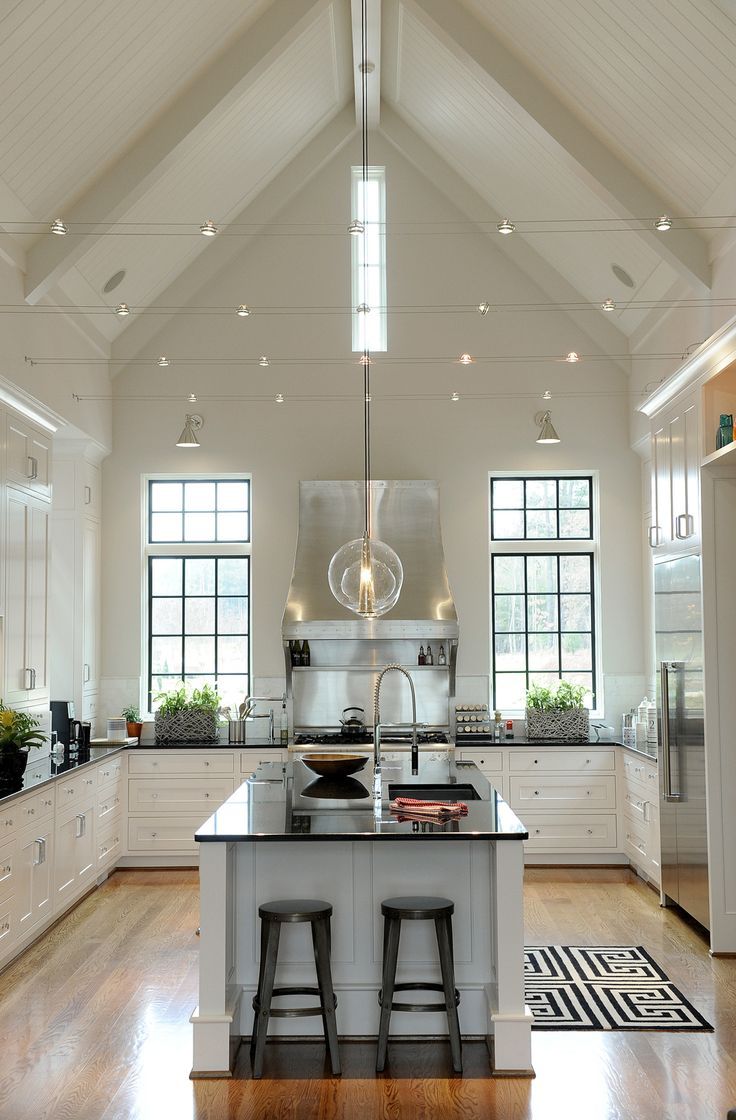

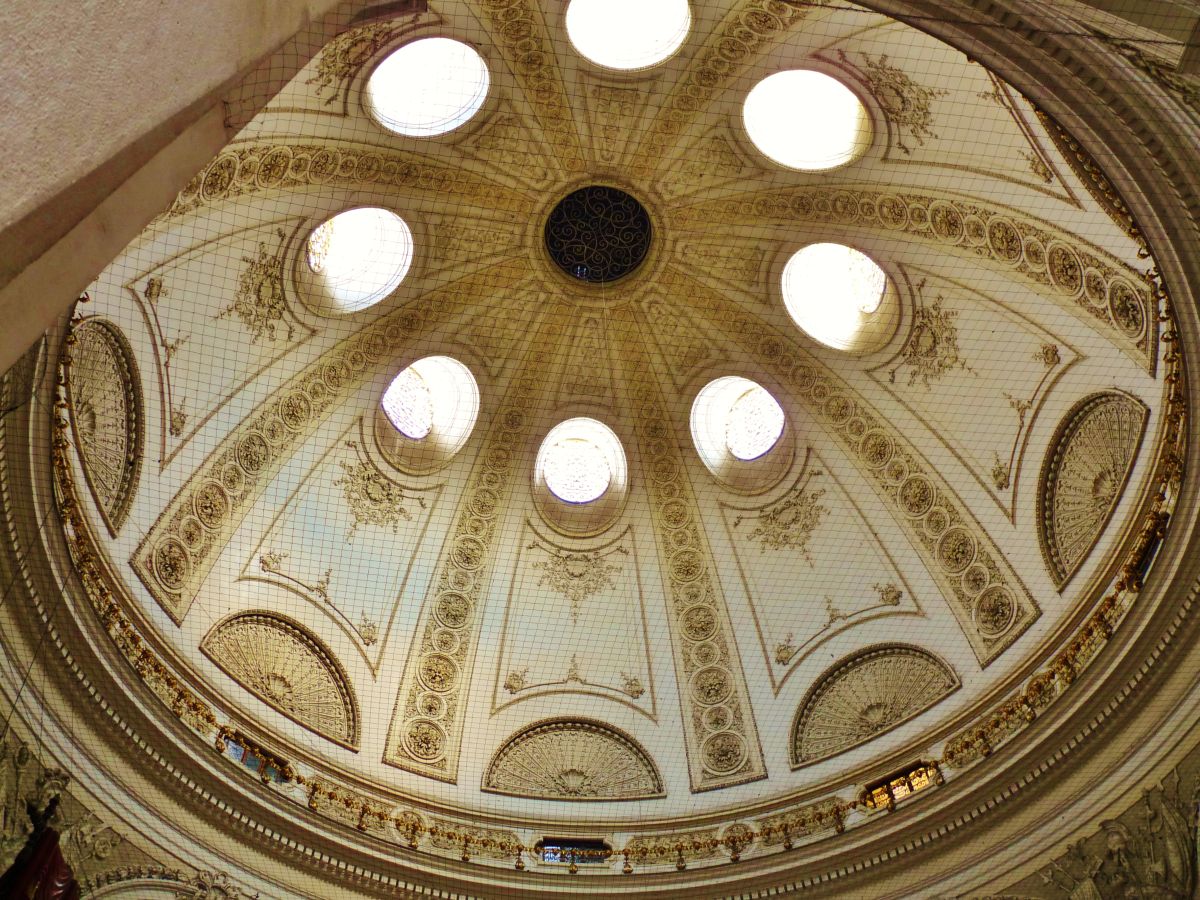

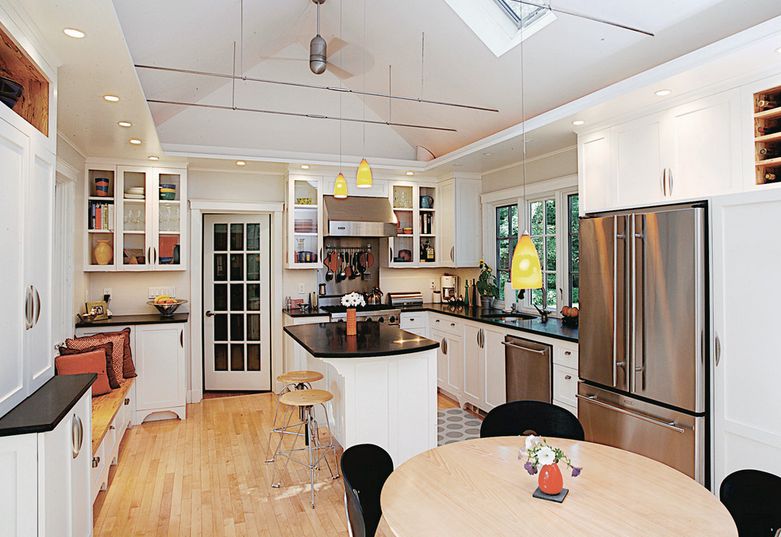
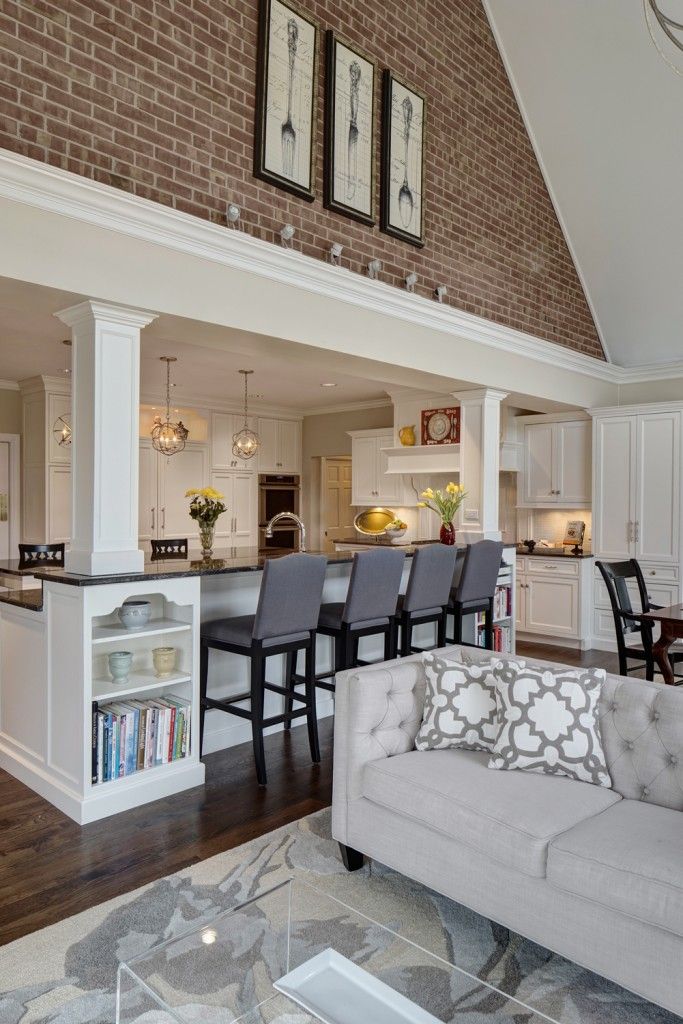








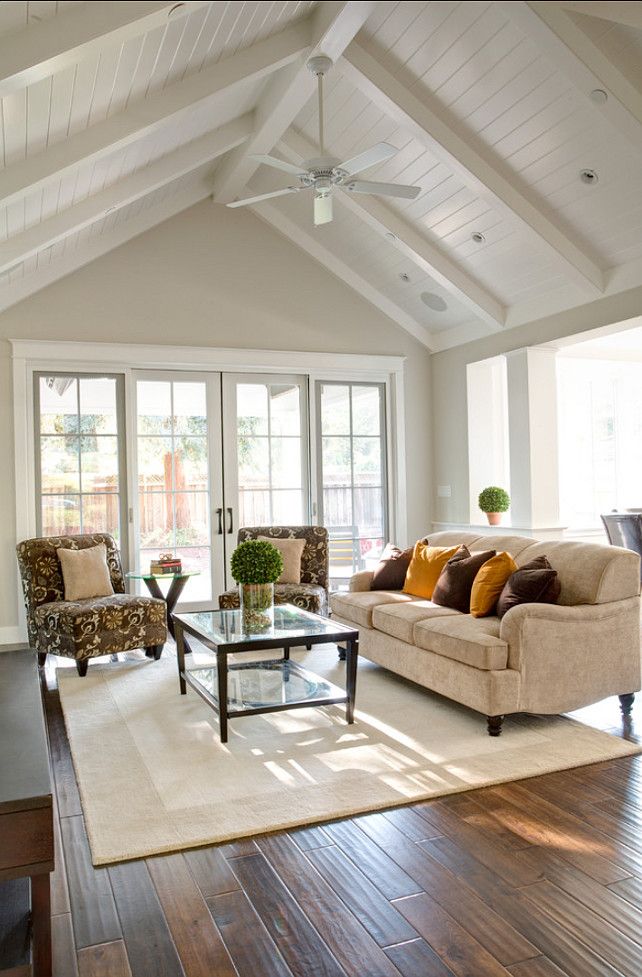
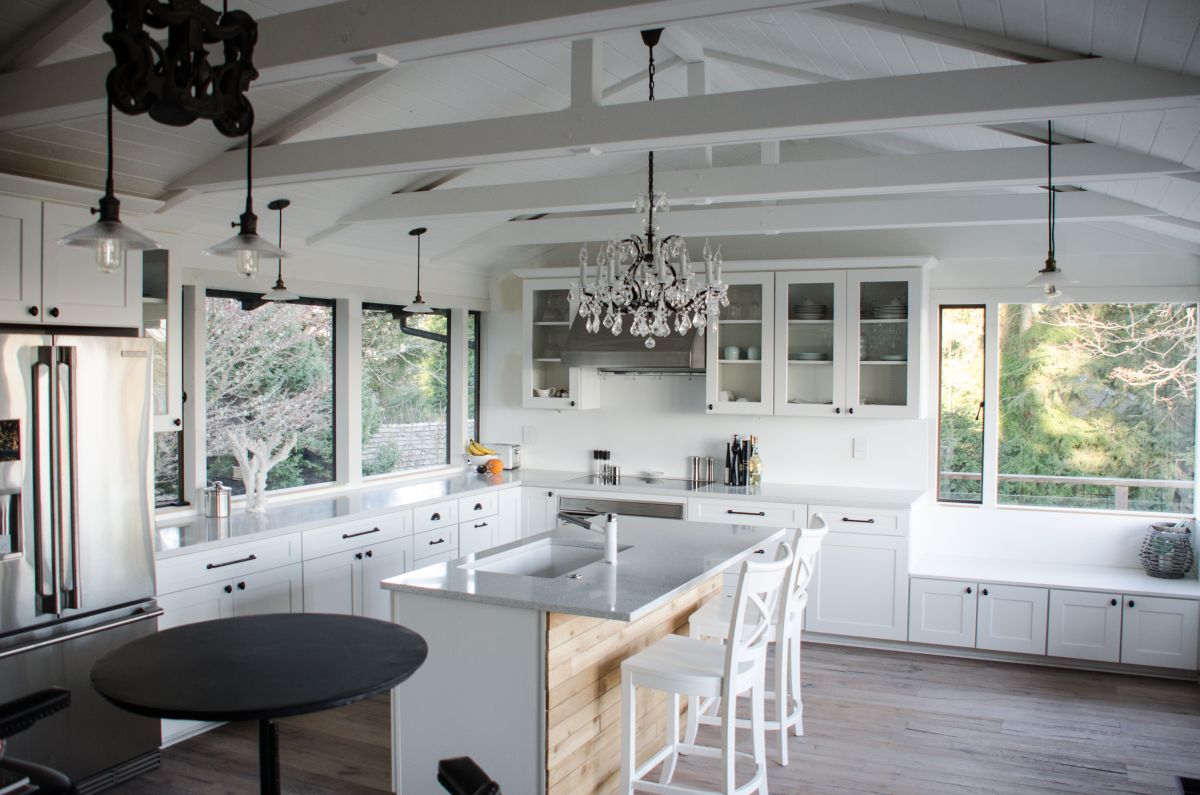





















0 Commentaires